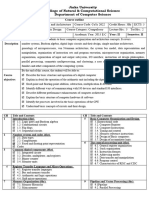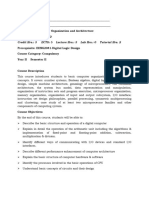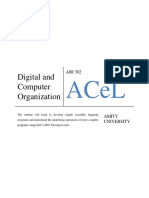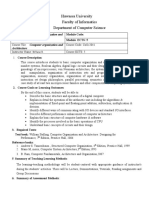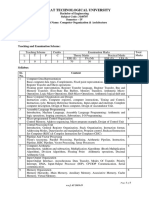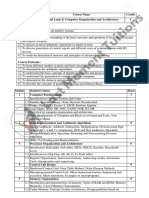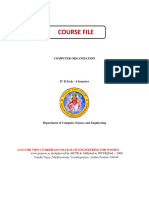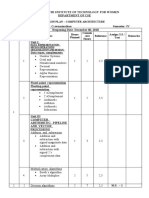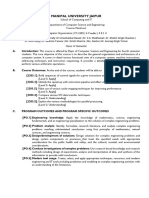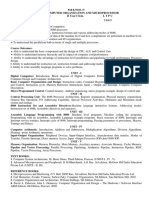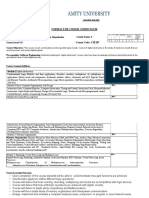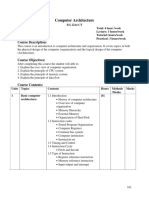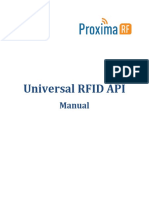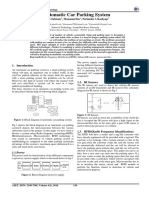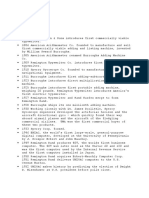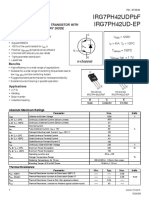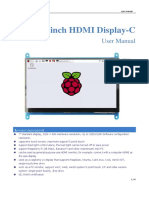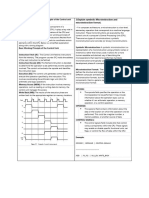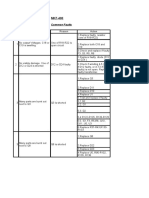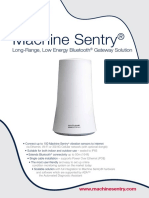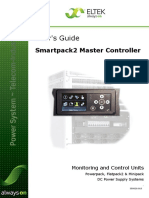0% found this document useful (0 votes)
101 views4 pagesCE403 - Computer Organization and Architecture
To have a thorough understanding of the basic structure and operation of a digital
computer. To study the different ways of communicating with I/O devices and standard I/O
interfaces. To learn the architecture and assembly language programming of 8085
microprocessor. To study peripherals and their interfacing with 8085 microprocessor.
Uploaded by
jon rey lumayagCopyright
© © All Rights Reserved
We take content rights seriously. If you suspect this is your content, claim it here.
Available Formats
Download as PDF, TXT or read online on Scribd
0% found this document useful (0 votes)
101 views4 pagesCE403 - Computer Organization and Architecture
To have a thorough understanding of the basic structure and operation of a digital
computer. To study the different ways of communicating with I/O devices and standard I/O
interfaces. To learn the architecture and assembly language programming of 8085
microprocessor. To study peripherals and their interfacing with 8085 microprocessor.
Uploaded by
jon rey lumayagCopyright
© © All Rights Reserved
We take content rights seriously. If you suspect this is your content, claim it here.
Available Formats
Download as PDF, TXT or read online on Scribd
/ 4

